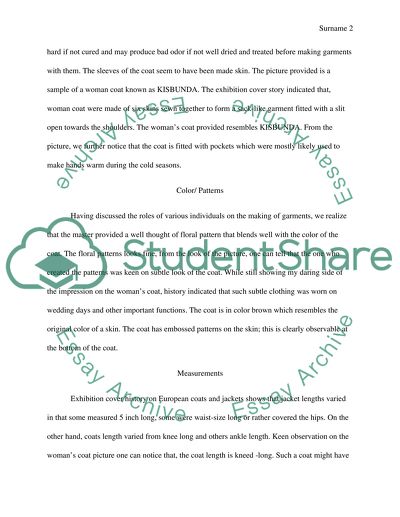Interrogating the Museum Essay Example | Topics and Well Written Essays - 750 words - 1. Retrieved from https://studentshare.org/literature/1492151-interrogating-the-museum
Interrogating the Museum Essay Example | Topics and Well Written Essays - 750 Words - 1. https://studentshare.org/literature/1492151-interrogating-the-museum.


